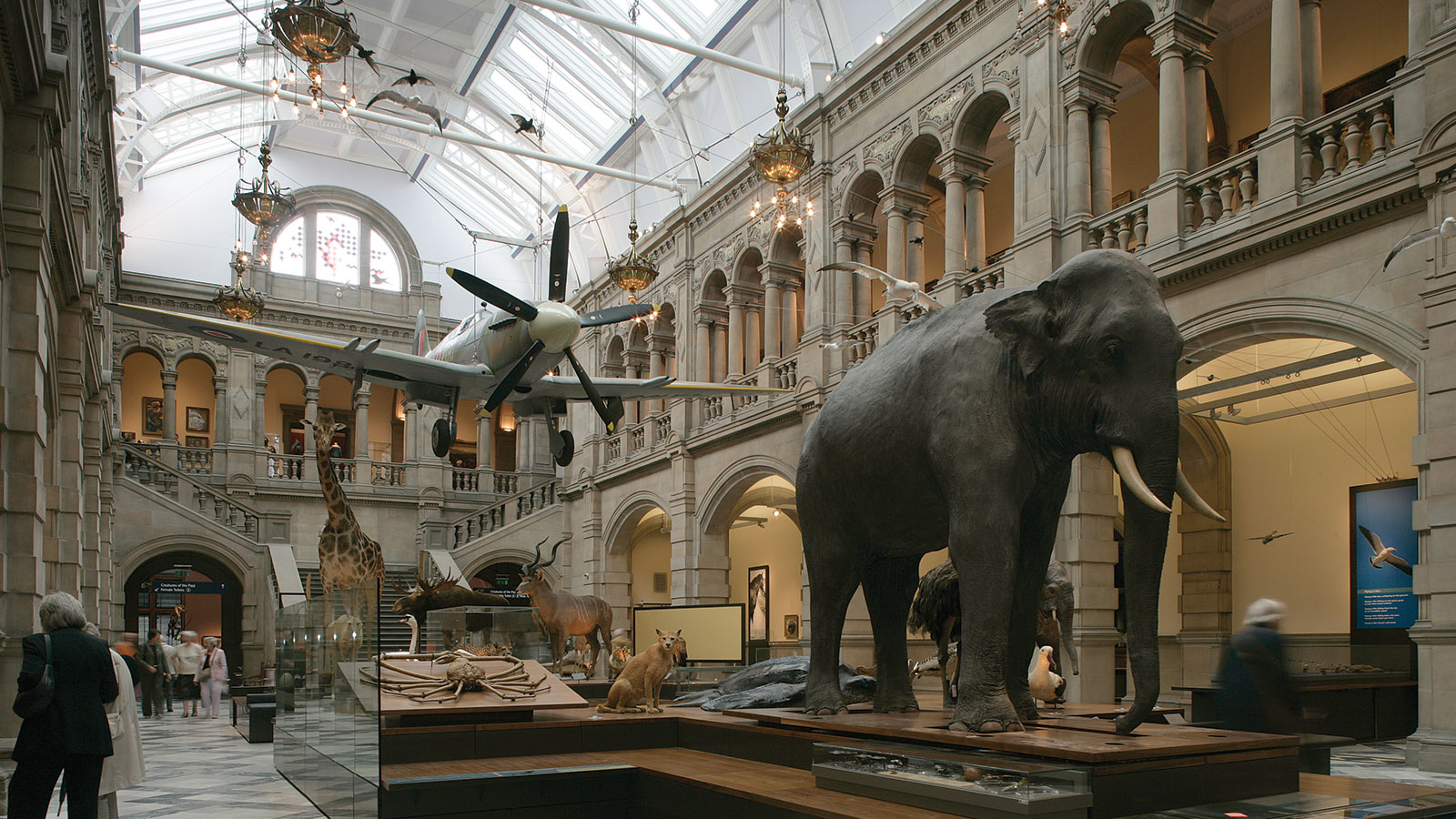#{Title}
#{Copy}
Glasgow's Kelvingrove, the most visited museum outside London, reopens today (Tuesday 11 July ) after three years of refurbishment, called the New Century Project, designed by BDP.
The spatial requirements for displaying artwork have not significantly changed since the opening of the Category 'A' listed building in 1901; the layout of the galleries configured symmetrically around the East and West Courts and the Central Hall could not be simpler. However, during the last 100 years there have been a myriad of changes that have, to a greater or lesser extent, put demands on a building that it was not originally designed to accommodate. The science of conservation, the art of display, interpretation, closed controlled environments, flexible building services, integrated natural and artificial lighting, the Disability Discrimination Act, Building Standards, and IT, are all issues that would influence the design of a new museum today.
BDP Architect Director Angus Kerr said "Prior to closing for its 'make-over' the standard of services in Kelvingrove was at best inadequate. In meeting the aspirations of the brief 35% more gallery space had to be found to accommodate the 50% more objects on display - without building an extension! This could only be achieved by converting the former storage at lower ground level into galleries and ancillary accommodation which, in turn, also released valuable areas on the Upper Ground and First floors for new gallery space."
This new public level at Lower Ground gives, for the first time, the disabled, parent, child and the infirm direct access into the building at grade without the need to negotiate the two imposing stepped approaches at the north and south entrances. Internally, new public lifts and stairs also improved circulation and orientation.
The four lightwells were covered over to provide much needed space for toilets, service lifts, service risers, and services distribution. Galleries had their floors lifted and carefully replaced and wall and cornice plaster was raggled and lovingly restored in order to accommodate a flexible grid of power, data, security and lighting services. Leaking single glazed rooflights were replaced with thermally efficient double glazed units above a bank of remote controlled blinds and new laylight glazing complete with diffuse and UV filter layers. The integration of large roof mounted air handling units - necessary to raise the quality of the environmental conditions, was one of the many sensitive issues that required detailed Planning and Listed building Consent. Ironically, the improved environmental conditions meant that secondary glazing was even more important in order to combat the damaging effects of running condensation during winter.
However, before embarking on this project it was clear that Glasgow City Council had already decided that these changes were necessary if the building was to fulfil its function and to continue as a working art gallery and museum for future generations. BDP's Angus Kerr commented further "To do nothing would have seen the deterioration and ultimately the demise of Glasgow's most loved building."
Client: Culture and Leisure Services, Glasgow City Council
Architect:Architectural Lighting Designer: BDP(Building Design Partnership)
M&E Engineer: Hulley+Kirkwood
C&S Engineer: Halcrow
QS & Project Manager: Capita
Display Design:Glasgow Museums' Curatorial Team with Event Communications
Cost: £29m
